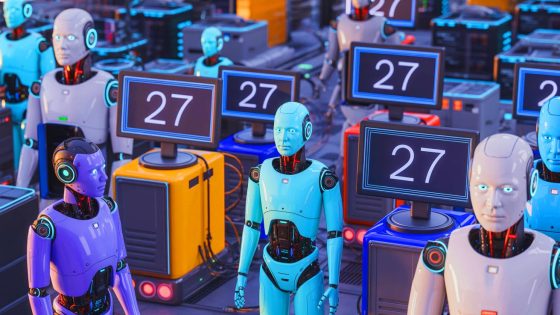In the evolving landscape of global technology News, the peculiar fixation of AI models on the number 27 has sparked intrigue. This phenomenon raises questions about how artificial intelligence reflects human biases and cultural significance. On July 3, 2025, various AI systems consistently selected 27 when prompted to choose a number between 1 and 50, igniting discussions on the implications of this choice.
- AI models frequently choose the number 27.
- Cultural significance influences AI numerical choices.
- The "27 Club" adds artistic intrigue.
- Numbers reflect human subconscious biases.
- AI mirrors human cognition and preferences.
- Experiment reveals patterns in AI behavior.
The prominence of 27 in AI outputs might not merely be coincidence; it reflects deeper human inclinations and cultural associations. From its ties to lunar cycles to its connection with the infamous “27 Club,” this number encapsulates a blend of scientific and artistic significance that resonates with our collective consciousness.
This unusual pattern invites US to ponder: are AI models merely reflecting our hidden biases? The consistent choice of 27 suggests that these algorithms are influenced by cultural symbols embedded in their training data. Consider the following global implications:
- AI may inadvertently expose societal biases through its outputs.
- Understanding AI’s choices can enhance our awareness of cultural influences.
- Such patterns could inform the development of more unbiased AI systems.
As we delve deeper into the relationship between AI and human cognition, it’s essential to remain vigilant. What other biases might emerge as AI systems learn from our world? Engaging with these questions will help us navigate the future of technology responsibly.

































